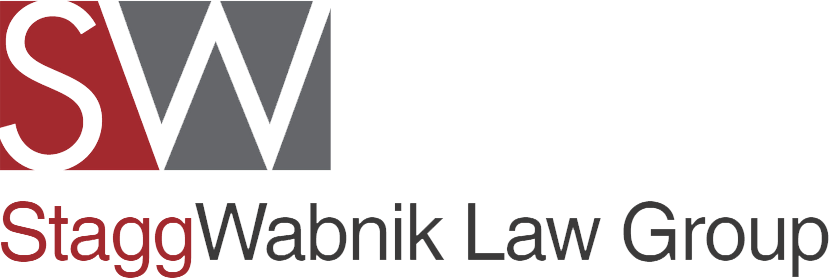Recent Supreme Court Decision on Securities Fraud & Treatment of "Pure Omissions"
- Stagg Wabnik
- May 1, 2024
- 2 min read
Updated: Jul 25

The recent unanimous decision by the U.S. Supreme Court in Macquarie Infrastructure v. Moab Partners represents a significant development in securities fraud litigation, particularly regarding the treatment of "pure omissions" under Rule 10b-5 of the U.S. Securities and Exchange Commission. Understanding the implications of this ruling is crucial for businesses and investors to navigate the complexities of securities disclosures and litigation risk.
The Supreme Court's Ruling
The Court clarified that not all failures to disclose information under Item 303 of SEC regulations constitute securities fraud under Rule 10b-5. Specifically, the justices ruled that "pure omissions" — failures to disclose known trends or uncertainties that might affect a company's financial health — are not actionable unless they render other statements misleading, creating what Justice Sonia Sotomayor called "misleading half-truths."
This decision curbs investors' ability to bring suits based solely on a company's omission of information, except where such omissions make other disclosed information misleading.
Practical Implications for Businesses
This ruling emphasizes the importance of carefully crafting disclosures for companies, particularly those in sectors like infrastructure, where regulatory changes can significantly impact operations. Simply avoiding falsehoods is not enough; the context in which information is presented must ensure that what is disclosed does not mislead by omission.
Businesses should review their disclosure practices to ensure they adequately discuss significant risks and trends that could affect their financial conditions. This review should be done in light of the Supreme Court's emphasis on the distinction between outright omissions and half-truths.
What Investors Need to Know
On the other hand, investors must recalibrate their expectations regarding the protections available to them under Rule 10b-5. The decision narrows the pathway for litigation based on omissions, requiring a demonstrated link between omitted information and other misleading statements to sustain a claim.
Investors should, therefore, pay closer attention to the holistic narrative companies present in their SEC filings and press releases. A more detailed analysis of what is not said and the implications of what is said will be crucial in assessing potential risks.
The ruling in Macquarie Infrastructure v. Moab Partners is a reminder of the intricate balance between providing adequate information to investors and protecting companies from frivolous litigation. Both companies and investors should seek knowledgeable legal counsel to navigate these complex waters effectively.
Stagg Wabnik Law Group is committed to providing our clients with up-to-date legal advice incorporating the latest judicial rulings and regulatory developments. If you are a business assessing your disclosure obligations considering the implications of new legal landscapes, our team is here to guide and protect your interests.





Comments